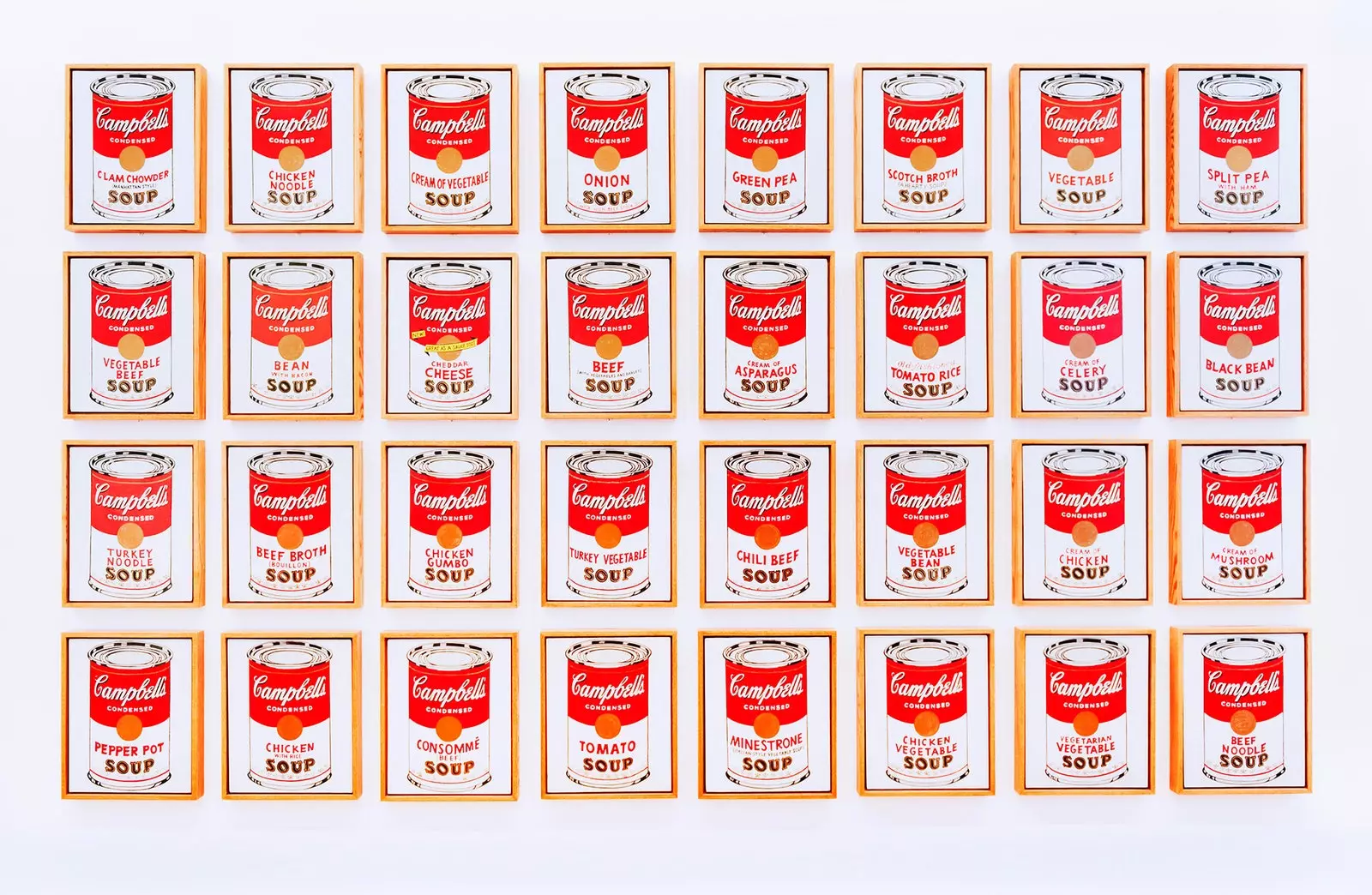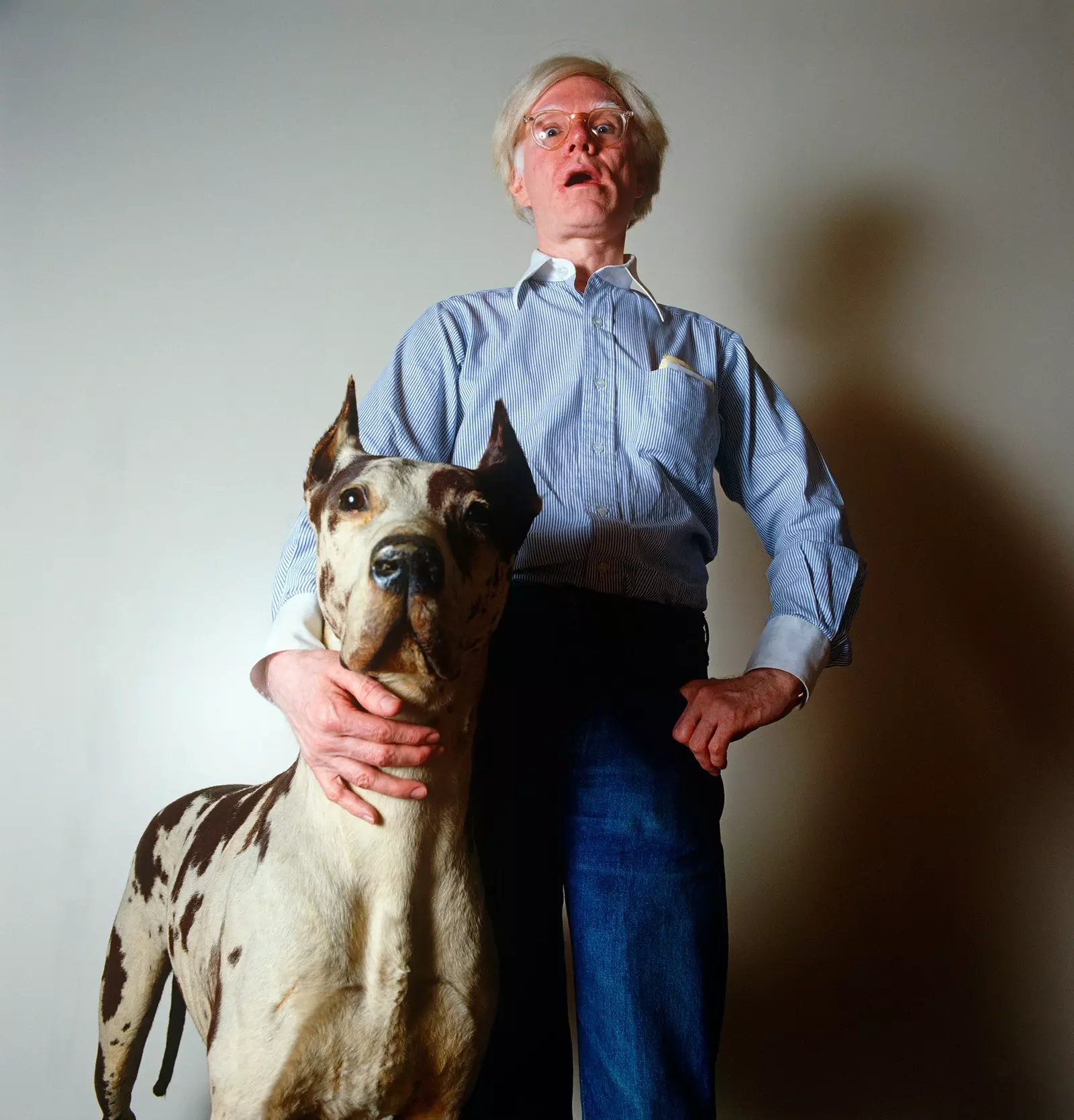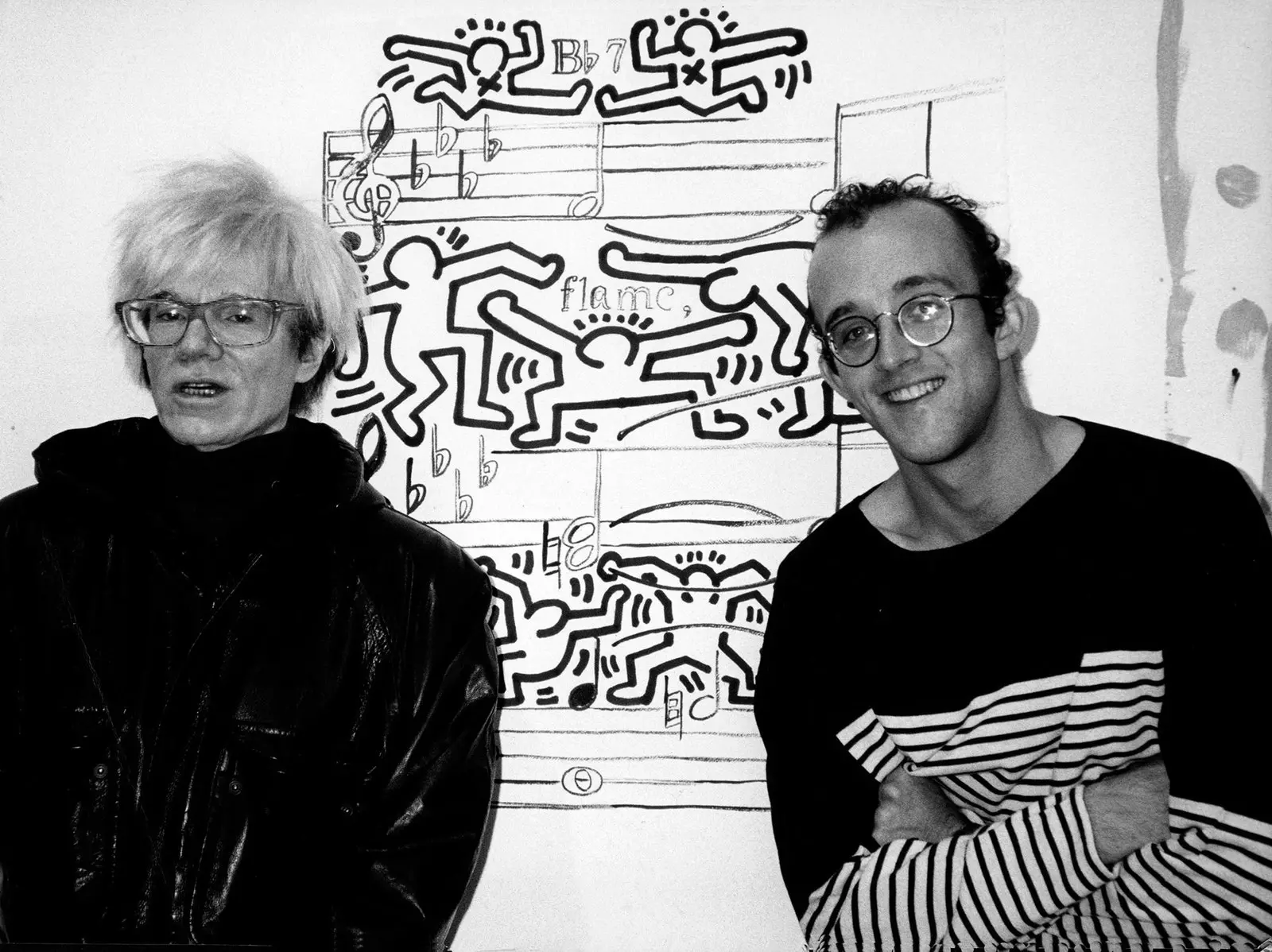
Trip to a painting: Andy Warhol's 'Campbell's Soup'
The trip to the supermarket has become a trip . Confinement has transformed the routine that marks the weekly purchase. The sliding doors, the liturgy of the gloves , the succession of lines, the ritual journey through the corridors. The choice of products , previously inconsequential, has acquired a new meaning. We experience a warm gratitude to find the objects in their rightful place. The arrival at the box marks the sacramental moment that renews the fridge until the next visit.
In other circumstances Andy Warhol proposed a transformation of the rite of purchase through art. your exposure American Supermarket , held in 1964 at the Paul Bianchini gallery in New York , recreated the aisles of fresh fruit, preserves, cleaning products and frozen foods. Along with pieces by other artists who reproduced real products, Warhol exhibited boxes of Brillo soapy sponges, Kellogs cornflakes, Heinz ketchup as well as images of Coca-Cola bottles and Campbell's soup cans . In one image, a woman with a cart gazes at a canvas of a soup can while she holds a real can in her hand.

Andy Warhol created POP
Campbell's soup had marked the beginning of Warhol's foray onto the shelves. It was an iconic product in America . The brand was the first to condense the liquid and thus make it possible to sell it canned. His recipes for tomato, peas, beans or asparagus became symbols of american way of life.
The artist was born into a family of Slovak immigrants who settled in Pittsburgh, an industrial city near Detroit . His mother, Julia Warhola (Andy dropped the final a), never mastered English. After her passage through the Carnegie Institute of Technology , where he learned graphic design, he moved to New York. He designed shoes and worked as an illustrator for the magazine Glamor , from Condé Nast editions. His first artistic works, explicitly advertising-themed , were too similar to what he then exposed Roy Lichtenstein , so he had to head in another direction.
He then returned to what was closest to him. His mother always kept Campbell's soup in the pantry. . According to his brother, Andy's favorite was chicken noodles . Years later, he claimed that his lunch consisted of a can of soup and a sandwich . Supermarkets, fueled by advertising images, had become luminous places that offered a promise of happiness and abundance. The context had changed, but his design remained unchanged from his childhood.
Warhol took the icon and stripped it bare . Using a technique that combined mechanical reproduction and the concept of a single work, he painted 32 canvases illustrating the different varieties of the product. He exhibited them in Los Angeles. He sold each piece for $100 . The Los Angeles Times reviewer said: "This young artist is either a jerk or a trickster." By 1970 the price of it had risen to $60,000. In 2016 it exceeded eleven million.
The process avoided signs that revealed artistic manipulation. He painted the idea created by the consumer society. As he stated in an interview, he valued the democratizing power of products: “You can be watching television and drinking Coca-Cola, and you know that the president drinks Coca-Cola and Liz Taylor drinks Coca-Cola. Money can't get you a Coke better than the one the bum on the corner drinks. All Coca-Colas are the same, they are all good. Liz Taylor knows it, the president knows it, the bum knows it, and you know it.".
Duchamp wondered what art was in the face of an inverted urinal. Warhol went further . He broke down the boundaries between high and low culture because, for him, all art was commercial art. The supermarket was his starting point.
Andy Warhol made multiple versions of Campbell's soup of him. Gallerist Irving Bloom kept the 32 canvases that were presented in Los Angeles. He sold them years later to the MoMA in New York. They are exposed in room 412.

Warhol and Keith Haring
